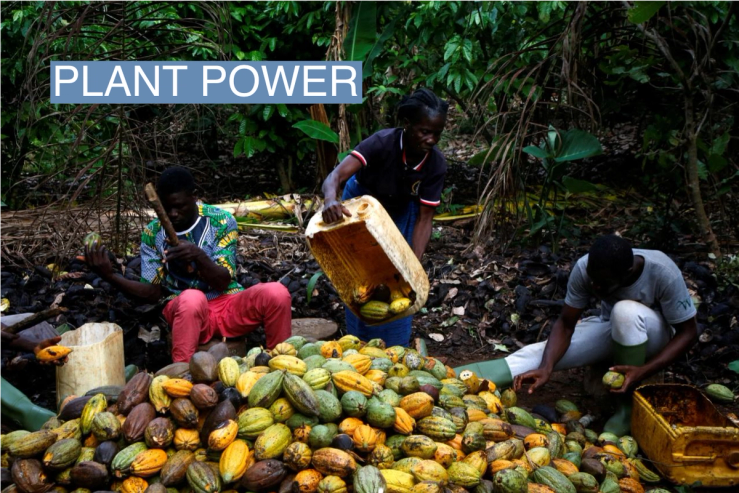The News
Africa is home to more than 30,000 edible plant species that could provide a vital source of nutrition on the continent as climate change threatens worsening famine, a leading climate scientist wrote in The Conversation.
With 20% of the African population facing hunger, reviving hardy, underused crop species could counter over-reliance on three main crops – rice, maize, and wheat – that account for 60% of calories consumed on the continent.
SIGNALS
Farming Africa’s edible plants could counter droughts made worse by climate change
Many of Africa’s overlooked edible plants such as cowpea, pigeon pea, and sorghum are able to grow on land where mainstream crops can’t thrive – and are more resilient, withstanding the rising temperatures and more frequent droughts brought about by climate change. But knowledge of how to farm these plant species is slowly fading away, while a social stigma persists that they are only eaten by poor people, wrote Tafadzwanashe Mabhaudhi, a climate change professor at the London School of Hygiene and Tropical Medicine.
Neglecting agrobiodiversity in favor of monoculture has left farmers “vulnerable to external shocks”, so government incentives are needed to bring neglected crops back into the mainstream. Exploiting Africa’s treasure trove of plant diversity would not only enable its countries to “easily feed themselves” but would “improve plant resilience in times of climate change,” he wrote.
Forgotten crops are ‘critical to the future of humanity’
Across the world, four crops – maize, wheat, rice, and soybean – make up two-thirds of the world’s food supply, the BBC reported, and reviving forgotten crops could hold answers to many of the globe’s most pressing food problems.
Investing in neglected local plants can ease reliance on mainstream produce, but also on imported crops and their carbon-heavy supply chains. In Malaysia – where the rural population also relies heavily on simple carbohydrates – moringa trees, bambara groundnuts, and kedondong berries are some of the underused crops that can enrich people’s diets.
As a warming climate threatens mainstream crops, “dietary diversification is critical to the future of humanity,” the head of the global research center Crops For the Future told the BBC, with forgotten, indigenous plants often among the most resilient and nutritious.



